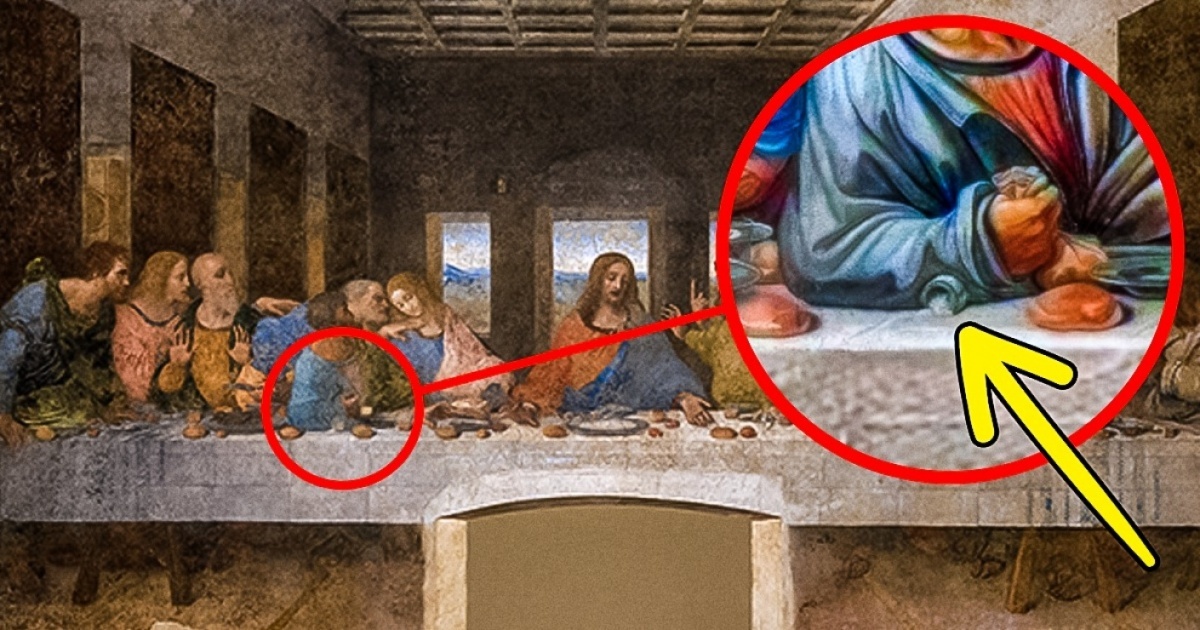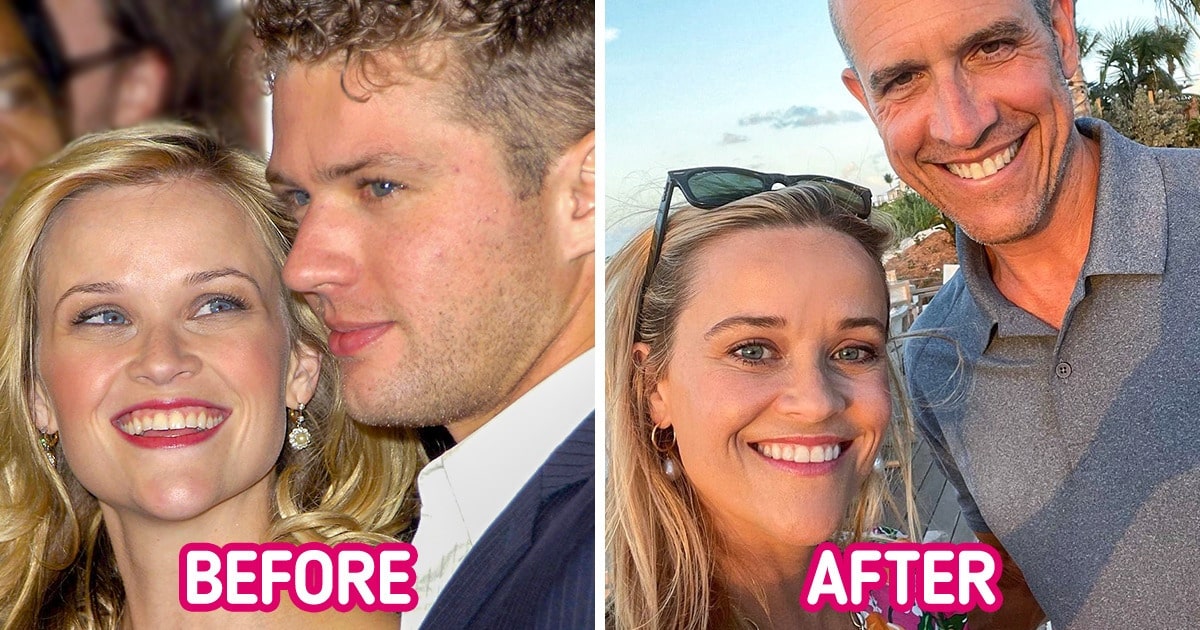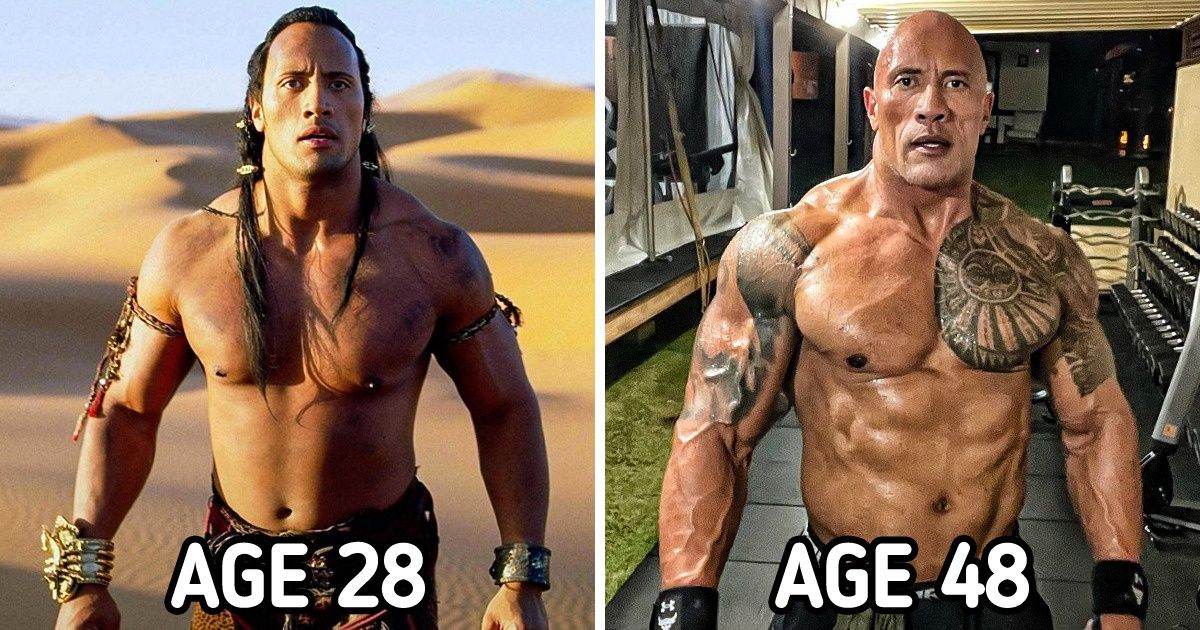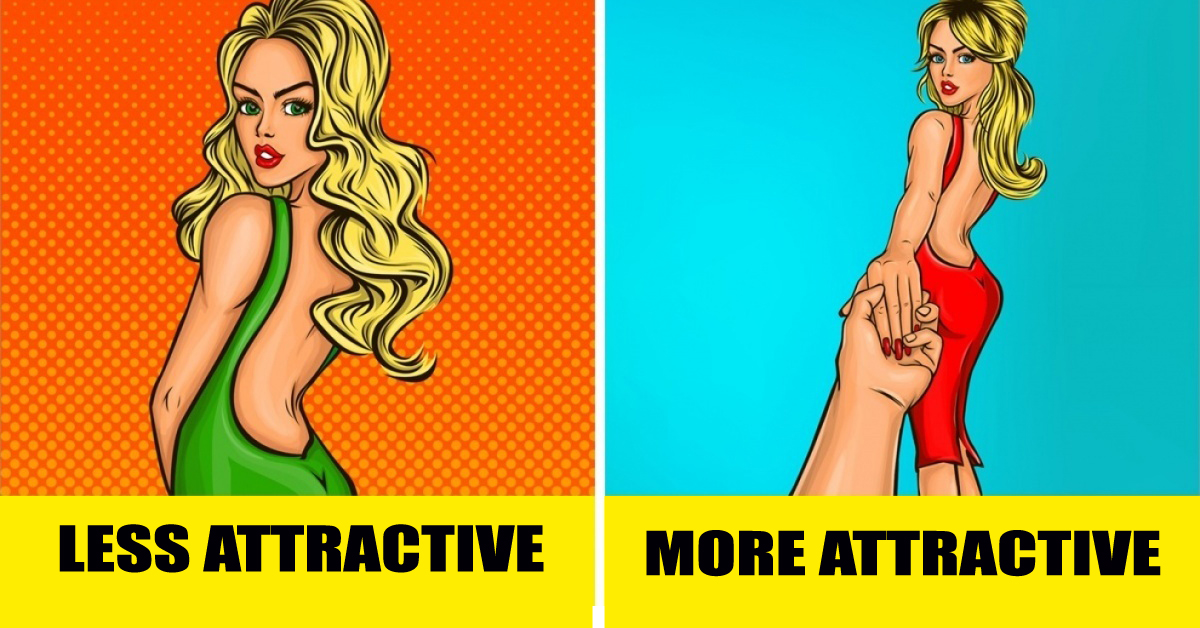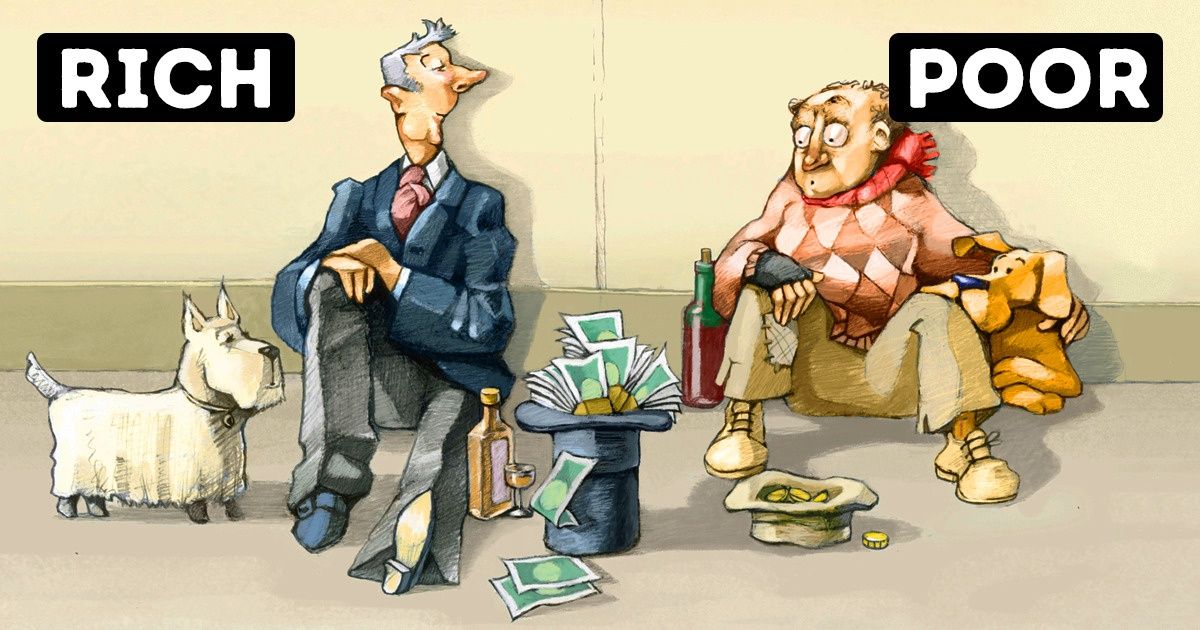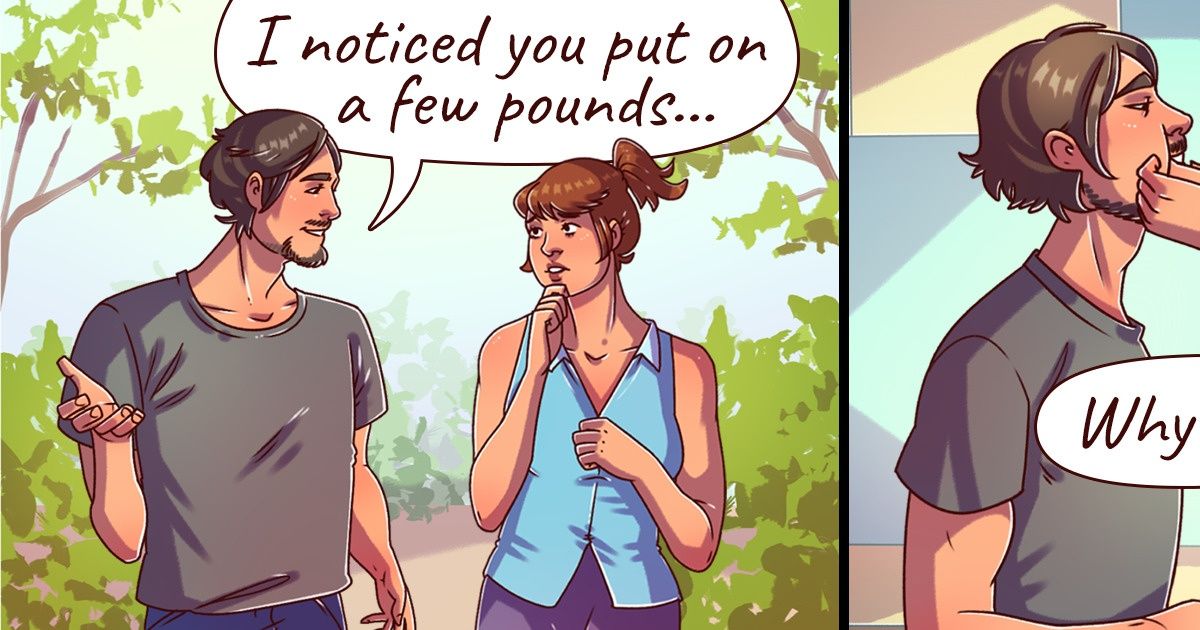The term ‘vestigial organs’ refers to the ‘extra’ organs or structures in the human body that are no longer functional. They have long been considered classic proof of evolution, showing the difference between modern humans and our ancestors.
At Creative Sides we thought about counting some of them: it’s a fascinating little science lesson. Look at the evidence of evolution in your own body!
Coolest Things About The Human Body
6. The Long Palmar Muscle
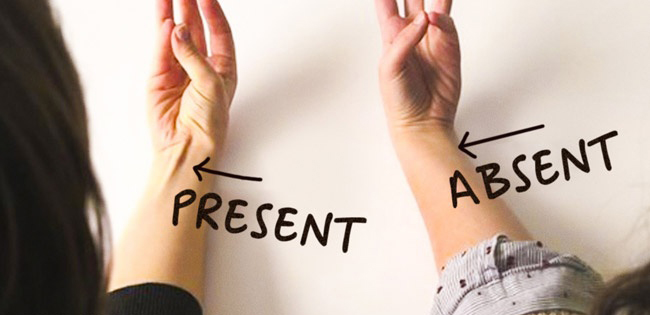
Put your palm on a table or other flat surface. Bring your thumb and little finger together and hold them there.
Do you see a ligament that appears through the skin of your wrist? This muscle is the legacy of our ancestors.
It was responsible for flexing the hand and helped our predecessors hang on to things by jumping from tree to tree. Don’t worry if you don’t have it, muscle is absolutely useless today!
5. Goosebumps
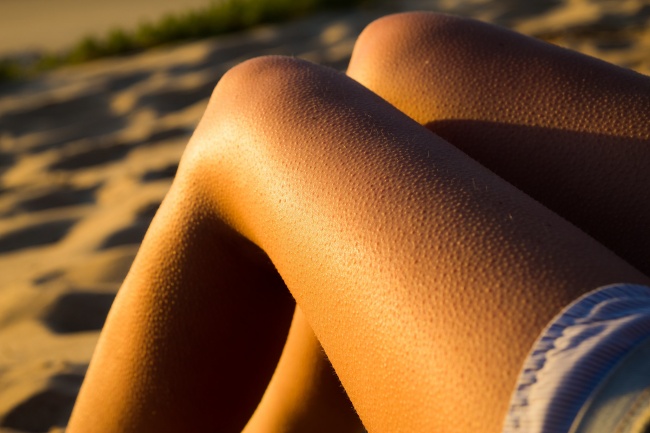
People get goosebumps when they are cold or stressed. Goosebumps are created when the signal from the spinal cord causes contractions of small muscles attached to each hair that pull the hair up.
When it’s cold, goosebumps reduce heat loss, helping the body stay warm. They can also be a response to anger or fear: erect hair makes the animal look bigger.
Goosebumps can also appear when you experience strong emotions, such as admiration or pleasure.
4. The Epicanthic Fold
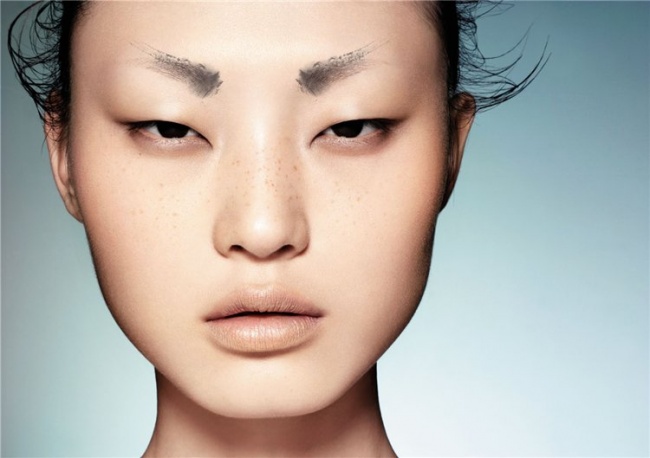
Epicanthic fold is the official term for the folding of the skin on the upper eyelid that many people from various parts of Asia have.
Most researchers believe that the epicanthic fold used to be useful to humans living in extreme conditions, such as intense cold, intense heat, or desert areas.
3. Caruncula

This tiny nodule in the inner corner of the eye is, in fact, a relic of the nictitating membrane.
It is found in many species, including fish, birds, and reptiles, and is used for protecting and moisturizing the eye.
Over time, the nictitating membrane has become useless to humans, but we still have a small part of that membrane attached to the muscles in our eyes.
2. Ear Muscles
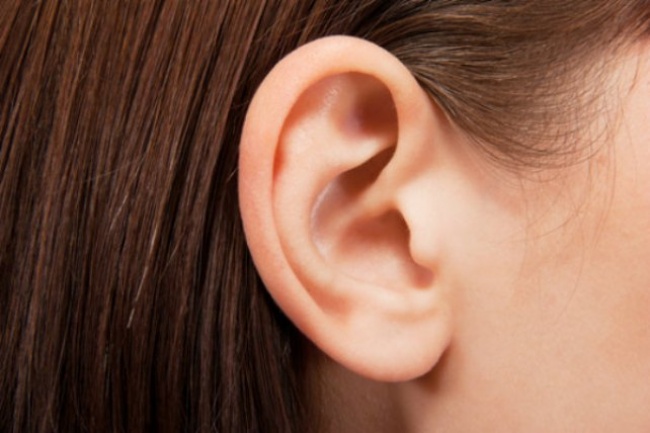
The muscles of the ear are a classic example of a vestigial organ. They helped our ancestors move their ears to better detect approaching predators, opponents, relatives, or prey. Today, few people can move their ears.
1. Wisdom Teeth
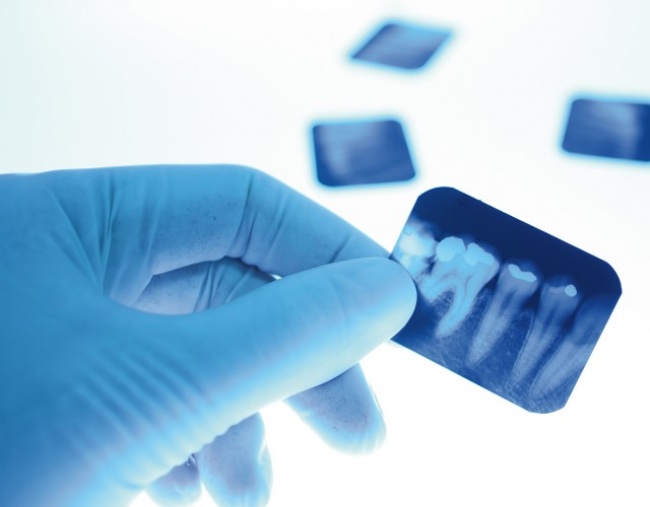
Wisdom teeth once played an important role: They helped us chew hard and difficult food.
Today, we mainly consume processed or refined foods, which means that the eighth tooth on each side of the mouth has no more functions in the body.
This is why half of the population lack these third molars entirely.
